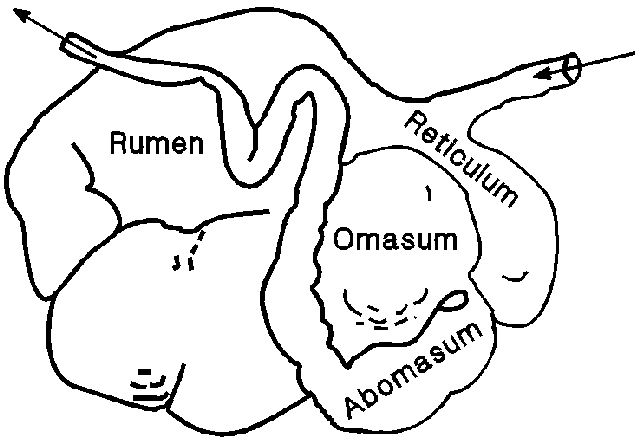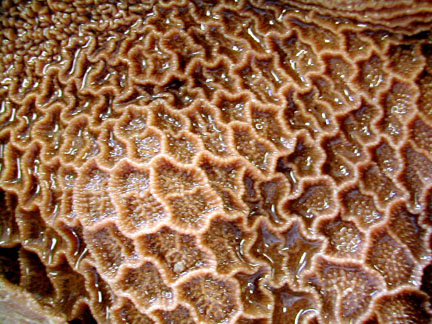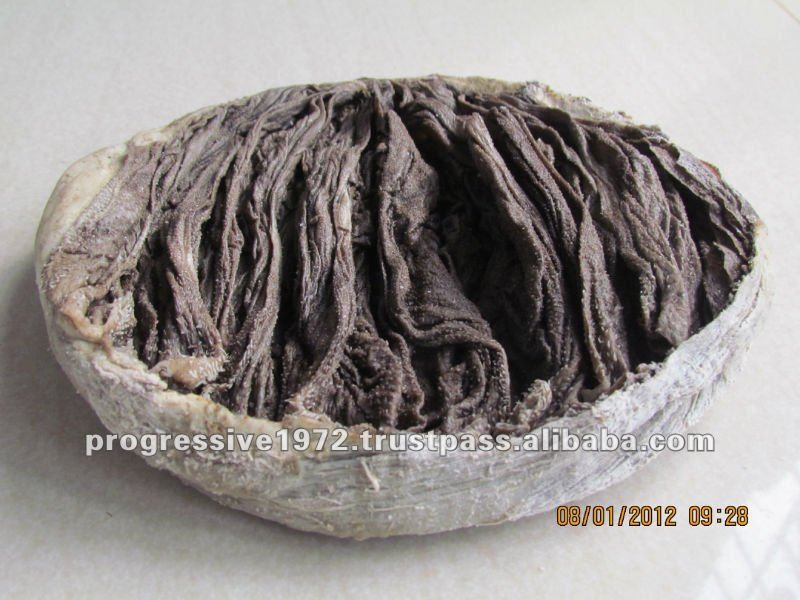 So, let's begin with just a bit of terminology. A fistula is a hole. Specifically it is a connection between two organ or other structures that does not normally exists. These can occur naturally or can be created by trauma or surgery. The cannula is the rubber or plastic piece that is inserted to keep the fistula open for access. The tubes used for tracheotomies? Those are cannulas. Just much smaller than the ones we use with cattle.
So, let's begin with just a bit of terminology. A fistula is a hole. Specifically it is a connection between two organ or other structures that does not normally exists. These can occur naturally or can be created by trauma or surgery. The cannula is the rubber or plastic piece that is inserted to keep the fistula open for access. The tubes used for tracheotomies? Those are cannulas. Just much smaller than the ones we use with cattle.The next question is always why. Why do we need cannulated animals? The simple answer is research. The long answer is complicated. Cannulated animals most commonly give us access to the rumen of the cow or steer. This allows us to take samples from or place things into the rumen. There are a wide variety of reasons for doing this. Using some of the research here at the University of Kentucky for a few examples:
1) In my research, we place fescue seed directly into the rumen to induce fescue toxicosis. Relying on the animals to eat the seed is problematic as it doesn't taste very good and one of the complications of toxicosis is reduced intake. By placing it into the rumen through the cannula we know exactly how much each animal is receiving each day. This makes the resarch more repeatable and reliable.
2) In situ research. In situ is Latin for in place. By placing feed in mesh bags on strings and 'hanging' them in the rumen, we can see how much of the feed is digested over a specific amount of time under controlled circumstances. Changing the animal's diet, the room temperature, etc changes how the feed is digested. Better digested feed = less needed to provide the same amount of nutrients.
3) In vitro fermentation. Again, we scientist types like Latin. In vitro refers to experiments that simulate animal conditions in the lab. Most often, we do gas production measurements. By incubating rumen fluid with various feeds or additives and examining gas production (carbon dioxide & methane) we can predict how these things will affect an animal. As bloat is a huge issue in the cattle industry, finding natural gas suppression methods is a big deal.
This video from Kansas State gives a good view inside:
I hope this helps answer a few questions. As always, let me know if you want more information, something doesn't make sense, etc. It's easy to forget that what I do is unusual when I have done it almost everyday for years.





